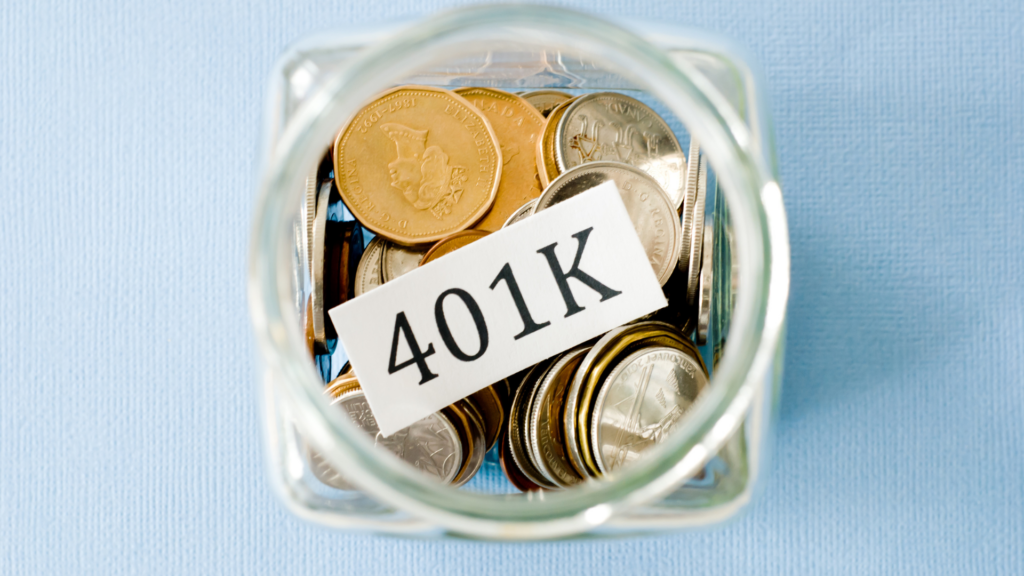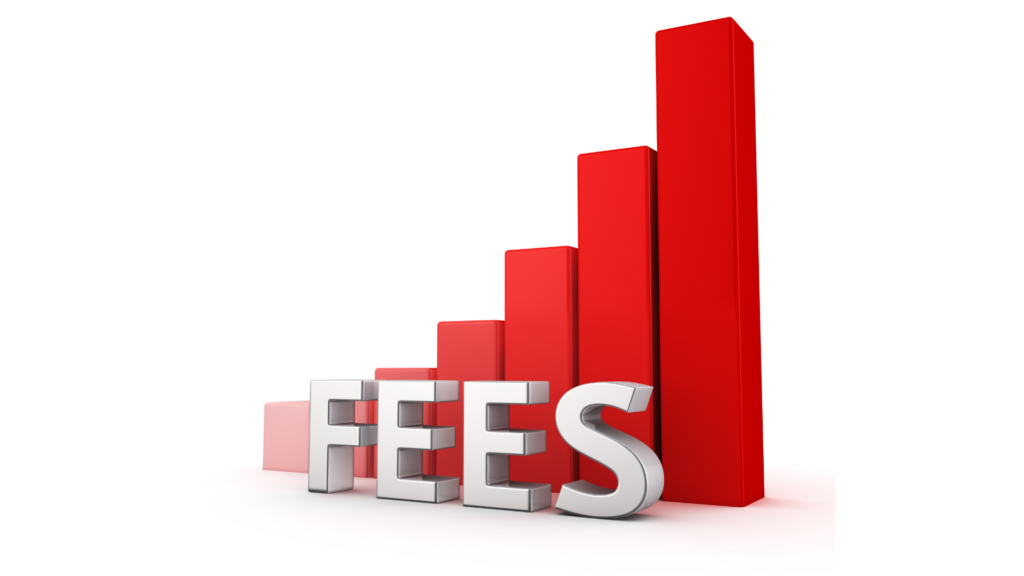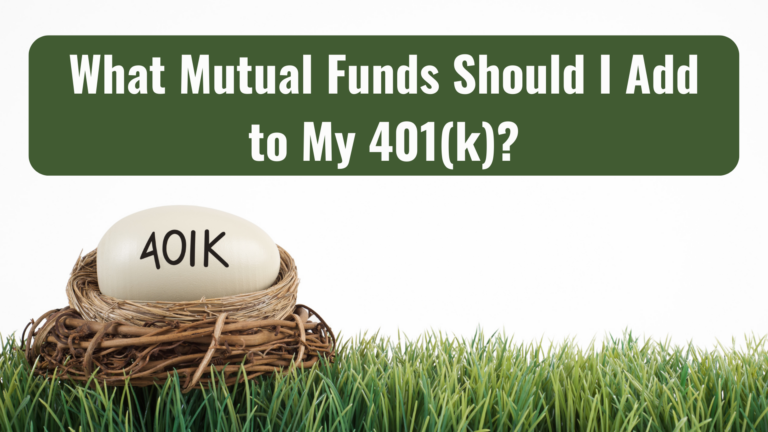Now you know a little about mutual funds and how to find the ones that best fit your investing strategy.
But all the knowledge in the world won’t change one immutable fact:
Researching mutual funds is boring.
You could spend hours, days, or weeks doing research and comparing every mutual fund with every other fund, sure, but wouldn’t it be nice if you had a handsome genius pointing you in the right direction?
The 411 on 401(k)s

Pensions are by far the best retirement plans (for workers).
Unfortunately, we don’t have that option anymore, so most of us have had to accept 401(k)s instead.
A 401(k) in the right hands can be a very effective tool for saving for retirement; it lowers taxable income, defers taxes on capital gains, and is relatively easy to set up—relatively being the key word.
The average 401(k) plan offers you a choice of mutual funds with investment strategies that range from safe and predictable to risky and subject to the whims of the market.
Whether a fund is right for you depends on a few different factors.
- Years to Retirement: Younger workers have more time to invest and earn back any money they might lose in the market, so they can generally pick riskier investments. The opposite is true of older workers.
- Risk Tolerance: Are you okay with the idea of losing money and/or watching the value of your portfolio bounce up and down? If yes, consider riskier investments. If no, stick to safer investments.
- Target Amount for Retirement: Use a retirement calculator (like one from Personal Capital, now known as Empower) to figure out how much you need to have saved before you retire and work backwards until you know what kind of returns your 401(k) needs to generate.
What to Look for in a Fund
There are a couple of things to keep in mind regardless of your investing strategy:
- Plan for being in it for the long haul: If you want to get the full tax benefits of a 401(k), you’re going to have to sit on it until you’re at least 59.5 years old. That pretty much rules out day trading and short-term investing.
- Avoid funds with high fees: Some fees are unavoidable. Even the most passively managed funds have to pay for themselves somehow. That said, there are entirely too many funds out there that charge the kind of fees you’d expect from Ticketmaster that turn a $20 ticket into an $89.99 ordeal.
No Fees Please

As a general rule of thumb: actively managed funds impose more fees than index funds and other, more passively managed mutual funds. The reasoning is fairly straightforward.
Actively managed funds are, well, managed. Actively.
As in, there are actual human beings doing research, picking securities, and making trading decisions.
Do those people really earn a full 1% or more of every shareholder’s investments every year? Of course not. But that’s the deal.
Other Factors to Consider
Once you have an idea of your risk tolerance, the amount of fees you’re comfortable with paying, and a general sense of the returns you need to reach your retirement goals, it’s time to take a look at the actual mutual funds on offer.
While you’re perusing the lists, keep these things in mind:
Asset mix is an important factor when you’re considering how you want to invest your money.
It’s usually not a great idea to put all your money into one asset class or industry, so take a second to familiarize yourself with each mutual fund’s portfolio.
Most mutual funds specialize in certain asset classes or industries.
Some are pretty well diversified by design, but you may have to split your investment between two or more funds to achieve the coverage you want. Remember: Don’t put all your eggs in one basket.
A mutual fund’s past performance should also be one of your prime considerations, especially if you’re looking at actively managed funds.
It’s one thing if you’re just plunking your money in an index fund that tracks the S&P 500, but it’s another thing entirely if you’re trusting a human being with a less-than-stellar track record with your hard-earned cash.
A Penny Saved is…Not Enough

The best time to start saving for retirement is right now.
Yes, it’s hard to put money aside when the economy is this whacky and wages are this low.
Still, do it. You’ll be glad you pinched a penny or two when it’s time to leave the workforce.
All mutual funds aren’t created equal. And while you don’t have to stick with the funds you pick for the rest of your career, it’s still worth it to take the time to examine your options and make an informed decision.
Ranking of Top Stock Newsletters Based on Last 3 Years of Stock Picks as of November 29, 2025
We are paid subscribers to dozens of stock and option newsletters. We actively track every recommendation from all of these services, calculate performance, and share our results of the top performing stock newsletters whose subscriptions fees are under $500. The main metric to look for is "Return vs S&P500" which is their return above that of the S&P500. So, based on November 29, 2025 prices:
Best Stock Newsletters Last 3 Years' Performance
| Rank | Stock Newsletter | Picks Return | Return vs S&P500 | Picks w Profit | Max % Return | Current Promotion |
|---|---|---|---|---|---|---|
| 1. |  Alpha Picks | 87% | 61% | 76% | 1,571% | December Promotion: Save $50 |
| Summary: 2 picks/month based on Seeking Alpha's Quant Rating; Retail Price is $499/yr. See complete details and analysis in our Alpha Picks Review. | ||||||
| 2. |  Zacks Value Investor | 53% | 35% | 46% | 756% | December Promotion: $1, then $495/yr |
| Summary: 10 stock picks per year on January 1st based on Zacks' Quant Rating; Retail Price is $495/yr and includes 6 different services. Read our Zacks Review. | ||||||
| 3. |  Zacks Top 10 | 36% | 15% | 70% | 170% | December Promotion: $1, then $495/yr |
| Summary: 10 stock picks per year on January 1st based on Zacks' Quant Rating; Retail Price is $495/yr and includes 6 different services. Read our Zacks Review. | ||||||
| 4. |  Moby.co | 52% | 13% | 73% | 2,283% | December Promotion: Next pick free! |
| Summary: 60-150 stock picks per year, segmented by industry; Retail Price is $199/yr. Read our Moby Review. | ||||||
| 5. |  TipRanks SmartInvestor | 20% | 8% | 62% | 513% | Current Promotion: Save $180 |
| Summary: About 1 pick/week focusing on short term trades; Lifetime average return of 355% vs S&P500's 149% since 2015. Retail Price is $379/yr. Read our TipRanks Review. | ||||||
| 6. | Dogs of the Dow Strategy | 20% | 3% | 43% | 47% | Current Promotion: None |
| Summary: Buy the 10 highest yielding dividends stocks in the Dow Jones Industrial Average on January 1st and sell on Dec 31st each year. | ||||||
| 7. |  Action Alerts Plus | 24% | 3% | 64% | 208% | Current Promotion: None |
| Summary: 100-150 trades per year, lots of buying and selling and short-term trades. Read our Jim Cramer Review. | ||||||
| 8. |  Zacks Home Run Investor | 5% | 0.3% | 45% | 241% | December Promotion: $1, then $495/yr |
| Summary: 40-50 stock picks per year based on Zacks' Quant Rating; Retail Price is $495/yr. Read our Zacks Review. | ||||||
| 9. | IBD Leaderboard ETF | 11.4% | -1.8% | n/a | n/a | December Promotion: NONE |
| Summary: Maintains top 50 stocks to invest in based on IBD algorithm; Retail Price is $495/yr. Read our Investors Business Daily. | ||||||
| 10. |  Zacks Under $10 | 2.0% | -2% | 38% | 263% | December Promotion: $1, then $495/yr |
| Summary: 40-50 stock picks per year based on Zacks' Quant Rating; Retail Price is $495/yr. Read our Zacks Review. | ||||||
| 11. |  Stock Advisor | 34% | 4% | 73% | 312% | December Promotion: Get $100 Off |
| Summary: 2 picks/month and 2 Best Buy Stocks lists focusing on high growth potential stocks over 5 years; Retail Price is $199/yr. Read our Motley Fool Review. | ||||||
| 10. |  Stock Advisor | 34% | 4% | 73% | 312% | Current Promotion: Save $200 |
| Summary: Stock Advisor is included with the Fool's Epic Service. Get 5 picks/month focusing on disruptive technology and business models; Lifetime average return of 355% vs S&P500's 149% since 2005; Now part of Motley Fool Epic. Read our Motley Fool Epic Review. | ||||||
| Top Ranking Stock Newsletters based on their last 3 years of stock picks covering 2025, 2024, 2023, part of 2022 performance as compared to S&P500. S&P500's return is based on average return of S&P500 from date each stock pick is released. NOTE: To get these results you must buy equal dollar amounts of each pick on the date the stock pick is released. Investor Business Daily Top 50 based on performance of FFTY ETF. Performance as of November 29, 2025. | ||||||
